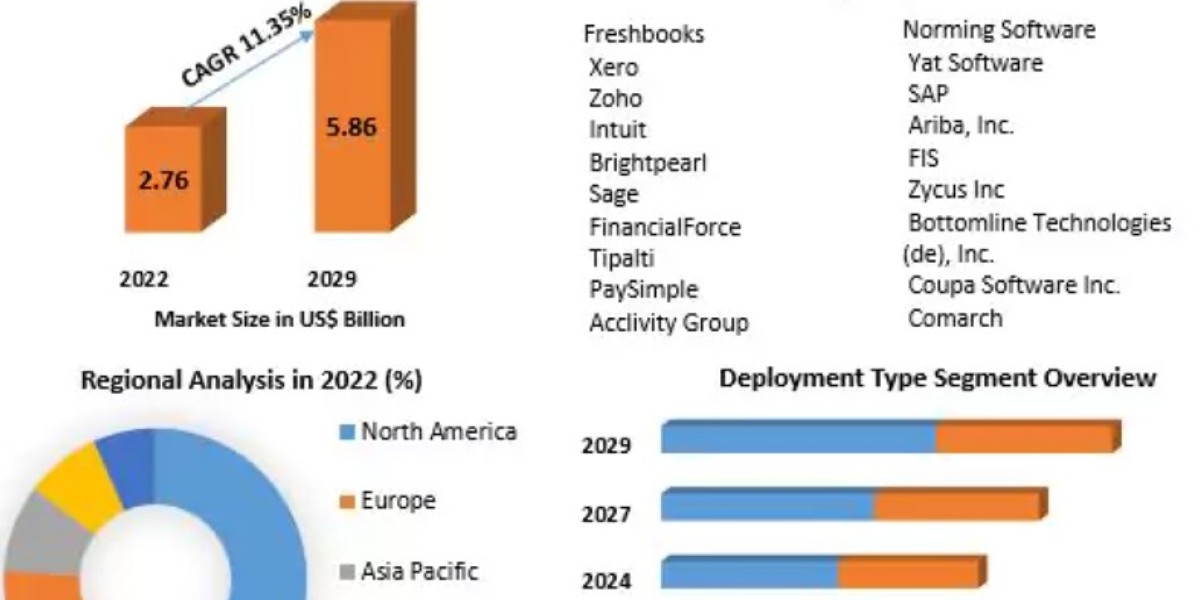In the realm of reproductive medicine, the success of IVF treatment often hinges on the optimal condition of the uterine environment. A procedure that plays a crucial role in this context is hysteroscopy polypectomy, particularly in its relationship with enhancing the outcomes of IVF treatment. This article aims to elucidate the connection between hysteroscopy polypectomy and IVF treatment, shedding light on how this procedure can impact the efficacy of assisted reproductive technologies.
The Role of Hysteroscopy Polypectomy in Fertility
Hysteroscopy polypectomy is a surgical procedure that involves the removal of polyps from the uterus using a hysteroscope, a thin, lighted telescope-like device inserted through the vagina and cervix into the uterus. Uterine polyps are benign growths attached to the inner wall of the uterus that extend into the uterine cavity. These polyps can vary in size and may cause irregular menstrual bleeding, infertility, and miscarriages.
- Diagnosis and Treatment:Hysteroscopy is used not only for the diagnostic evaluation of the uterine cavity but also for the treatment of identified abnormalities. When polyps are detected, hysteroscopy polypectomy is performed to remove these growths.
- Enhancing IVF Success:The removal of polyps is believed to improve the uterine environment, making it more conducive for embryo implantation. This is particularly important inIVF treatment, where the success rate heavily depends on the quality of the embryo and the receptivity of the uterus.
The Impact of Hysteroscopy Polypectomy on IVF Treatment
For couples facing such problems,hysteroscopy IVFcan be a game changer. Research indicates that the removal of polyps not only enhances the chances of implantation but also reduces the risk of miscarriages, which is crucial for the success of IVF treatment.
- Improved Implantation Rates:By providing a healthier uterine environment, hysteroscopy polypectomy can significantly increase the rate of embryo implantation. This is vital in IVF treatment, where each step towards increasing the odds of success is valuable.
- Decreased Miscarriage Rates:Polyps can interfere with the implantation process or lead to miscarriages. Their removal can, therefore, contribute to a more stable and viable pregnancy post-IVF.
- Better Overall IVF Outcomes:Overall, the role of hysteroscopy polypectomy in improving the outcomes of IVF treatment cannot be overstated. It is a crucial step in ensuring that the uterine environment is as receptive as possible for the incoming embryo.
Considerations Before Undergoing Hysteroscopy Polypectomy
- Medical Evaluation:A thorough medical evaluation is necessary to determine if hysteroscopy polypectomy is required. Not all IVF patients will need this procedure.
- Timing with IVF:The timing of the procedure in relation to an upcoming IVF treatment cycle is critical. Medical professionals usually recommend a specific timeline for recovery post-polypectomy before starting IVF.
Conclusion
In conclusion, the connection between hysteroscopy polypectomy and IVF treatment is one of enhancing the chances of a successful pregnancy. By addressing uterine polyps, this procedure can significantly improve the uterine environment, making it more receptive to embryo implantation. For many couples, this procedure can be a vital step in their journey towards successful parenthood through IVF. As with any medical procedure, consulting with a fertility specialist is crucial to determine the best course of action based on individual circumstances.







